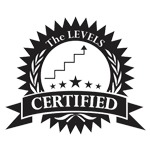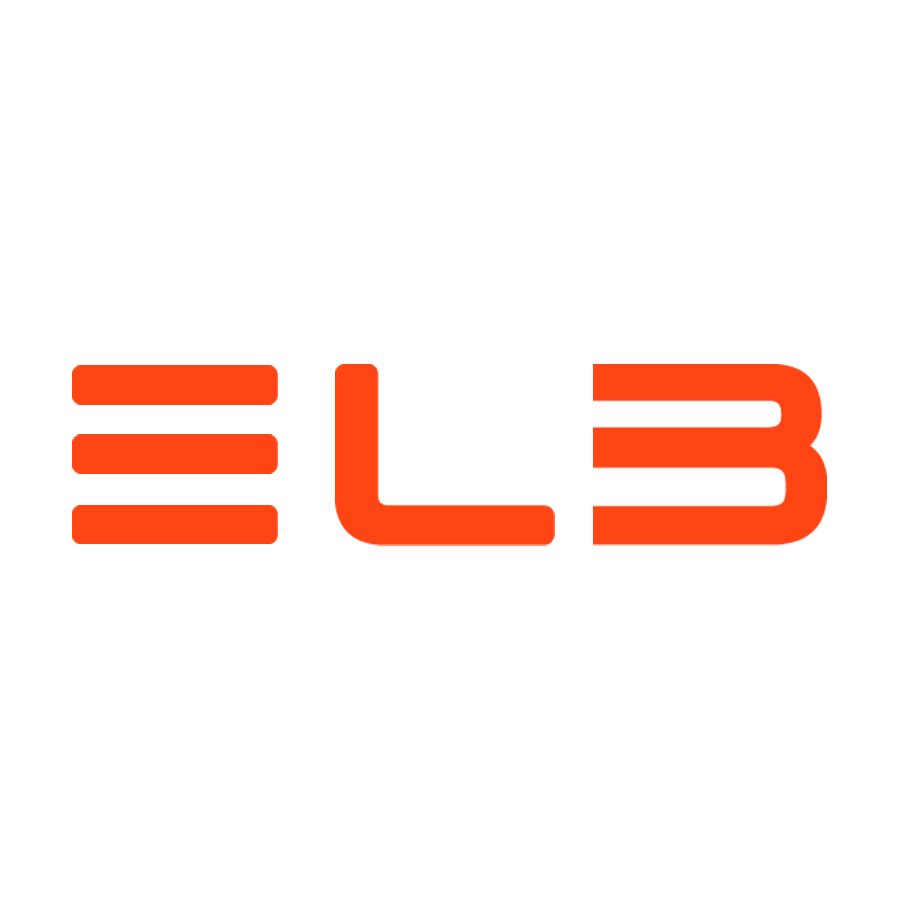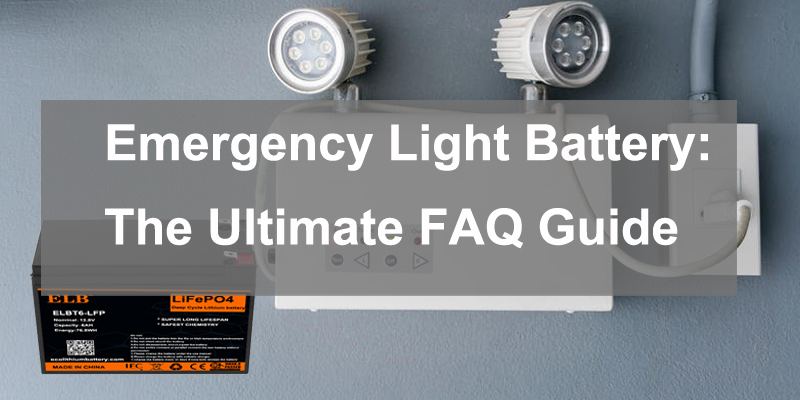
Different Types Of Emergency Light Battery.
Lead Acid Batteries
Lead-acid batteries have gone through decades of market research. Sealed lead-acid emergency light battery are available in lead, lead dioxide, sulfuric acid, lead sulfate and aqueous solutions. These deep cycle batteries are standard on most emergency lights. They have a lower upfront cost, but don’t last as long as other battery options (3-5 years with little maintenance).
Sealed lead-acid batteries are heavy, can only be discharged to 50% without damaging the battery. And last only about a 10th as long as their lithium counterparts.
Nickel Cadmium Batteries
Nickel cadmium (NiCd). Cadmium is highly toxic and is one of only 6 substances banned by the EU’s RoHS Directive. However, an exemption is in place for batteries in emergency lighting because till recently there have been few suitable alternatives. NiCd batteries are widely used in stand-alone emergency lighting fixtures and in emergency conversion kits.
Lithium-Ion Batteries
A lithium-ion battery is the most famous invention in recent years, which is not limited to emergency light and covers many other portable devices. These batteries use lithium ions between two electrodes while charging and discharging.
Although lithium ion emergency light batteries are more expensive because of their Lead-acid versatile features, you can’t find their match in power and efficiency. The 4000 charge cycles confirm the long-life span and reliability of these batteries. Unlike other batteries, lithium ion emergency light batteries have a shallow self-discharge rate and can be used after a long time. In addition, they don’t require regular maintenance as compared to lead-acid.
Why Are Lithium Batteries The Best Choice For Emergency Light Battery?
Light Weight
Lithium ion emergency light batteries are equipped with the latest technology, and emergency light battery manufacturers especially put effort into reducing their weight. Lightweight is the reason you will not face any problem while replacing them, maintaining your cart, or even cleaning it after use. That’s why they allow a smooth run of your emergency light and enhance your experience in the ground. In contrast, lead-acid batteries are heavier and cause issues while replacing your emergency light battery. This heaviness of lead-acid batteries will not only make your experience
Longer Life
Lead-acid batteries are notorious for their short lives, especially when used in emergency light. It’s common to see users replacing their battery pack after every 3-5 years only, whereas the lithium ion emergency light batteries can easily last for 6-10 years.
No Memory Effect
One of the biggest problems with lead-acid batteries is that they suffer from a so-called ‘memory effect.’ This means that if you don’t fully discharge them before recharging, they will gradually lose capacity. Lithium-ion batteries don’t have this problem, and you can top them up at any time without affecting their performance.
Better Performance
Lead-acid batteries reduce their performance with time due to sulfation caused by repeated charge and discharge cycles. On the other hand, lithium-ion batteries provide high power and deliver excellent performance at any time. Moreover, lithium ion emergency light batteries have a longer battery life as compared to lead-acid emergency light batteries.
Higher Energy efficiency.
LFP is more efficient than NiCd in two ways.
Self Discharge.
All rechargeable batteries lose charge over time, but with LFP the rate is only 3-5% per month. NiCd can lose 15% in the first 24 hours, falling to 10-20% per month (depending on temperature) after that. The result of this is that the charger in an emergency fitting with NiCd or NiMH batteries is working almost continually, whereas the charger in an LFP circuit is working at low current in short and infrequent bursts.
Charge Efficiency.
Energy is lost in the form of heat during the charging process of any battery. With LFP the charge efficiency is very high, about 95%. With NiCd the charge efficiency is also very high, but only in the earlier stages of charging. Once the battery reaches 70% capacity heat starts to be generated and the charging efficiency falls to c 85%. This is significant because in normal use a NiCd battery in an emergency light fitting is being continually trickle-charged to keep it at near 100% capacity.
High Depth of Discharge
The term “Depth of Discharge” refers to the available capacity used in a single charge. For instance, the depth of discharge will be 50% if you consume half of your battery capacity. Using batteries beyond that point without recharging affects the performance and shortens the lifespan.
High Number of Cycles
Generally, the lifetime of emergency light batteries is not measured in years but in cycles. A charge cycle is equal to a one-time complete charge and discharge, and every battery has a specific number of cycles before dying.
Lead-acid batteries for emergency light are not so convenient because of a smaller number of cycles between 500 to 1000. After that, the battery would start creating problems, and you have to replace it. On the contrary, lithium ion emergency light batteries operate between 2000-7000 cycles which is way more than the other batteries. As compared to lead-acid batteries, lithium-ion batteries provide higher power output, which is advantageous in the long run.
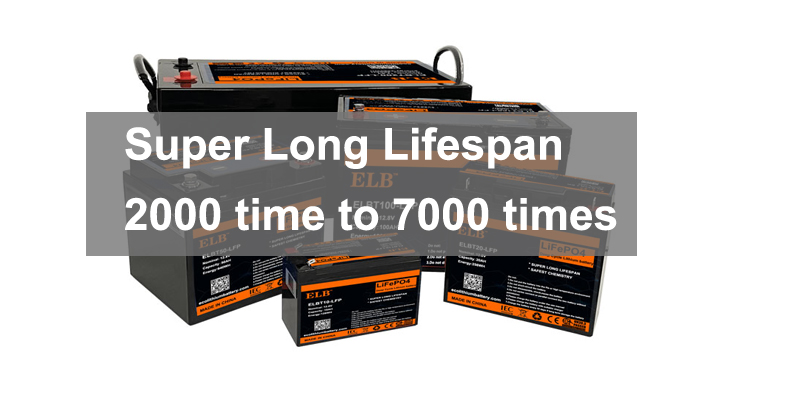
Maintenance Free
The best thing about lithium ion emergency light batteries is their maintenance-free manufacturing. Since they are completely sealed compared to lead-acid, you don’t need to worry about regular maintenance. All you need to do is keep them clean and dry and make sure that the terminals are free of corrosion. This can be tiresome for users who are constantly busy with work.
Eevironmentally Friendly
Lithium battery
Lithium-ion batteries do not contain any heavy metals and rare metals (nickel-metal hydride batteries require rare metals), non-toxic (SGS certified), non-polluting, comply with European RoHS regulations, and are green batteries.
However, Cadmium is highly toxic. Cadmium is highly toxic to almost all animals and many plants. It is also very persistent in the environment, being not easily combined with other elements that would render it harmless. NiCd batteries therefore have to be recycled with great care. LFP batteries must also be recycled, but the materials used are inherently less harmful than those used in NiCd and NiMH batteries.
Cadmium has a limited future use. Now that superior alternatives to cadmium are available for use in batteries it is to be expected that the RoHS directive will be amended to eliminate the exemption that has been allowed till now (2020).
How Long Do Emergency Light Battery Last?
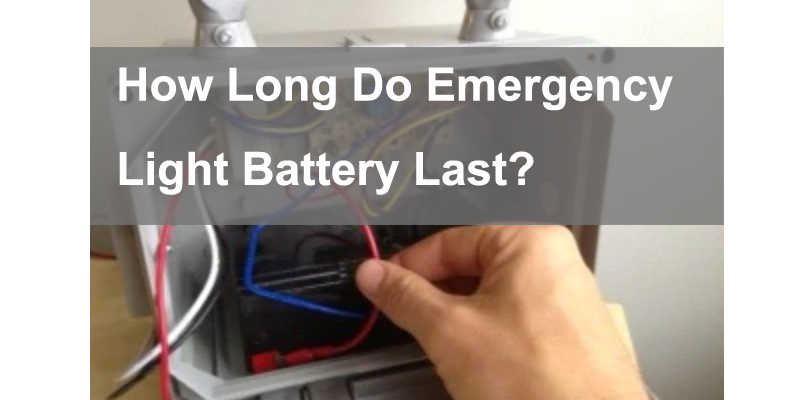
If you use a lead-acid battery in your emergency light, you can expect to replace the battery within one to five years, depending on use.
Lead-acid batteries typically last between 500 to 1,200 charge/discharge cycles. The lifespan of these batteries will decrease if you discharge them to more than 50% of the battery capacity or expose them to extreme temperatures.
However, as mentioned earlier, lithium-ion batteries can last 10 times that of a lead-acid battery. They can go for between 3,000 to 5,000 charge/discharge cycles. Plus, lithium batteries are less susceptible to damage that can shorten their lifespan when compared to lead-acid batteries. For example, you don’t have to worry about over-discharging your lithium battery.
Where To Get The Emergency Light Battery?
Please contact with ELB directly to get the quotation and customized solutions for your fish finder batteries. Or you can visit ELB product catalogue directly.
Recommend Lithium Emergency Light Battery
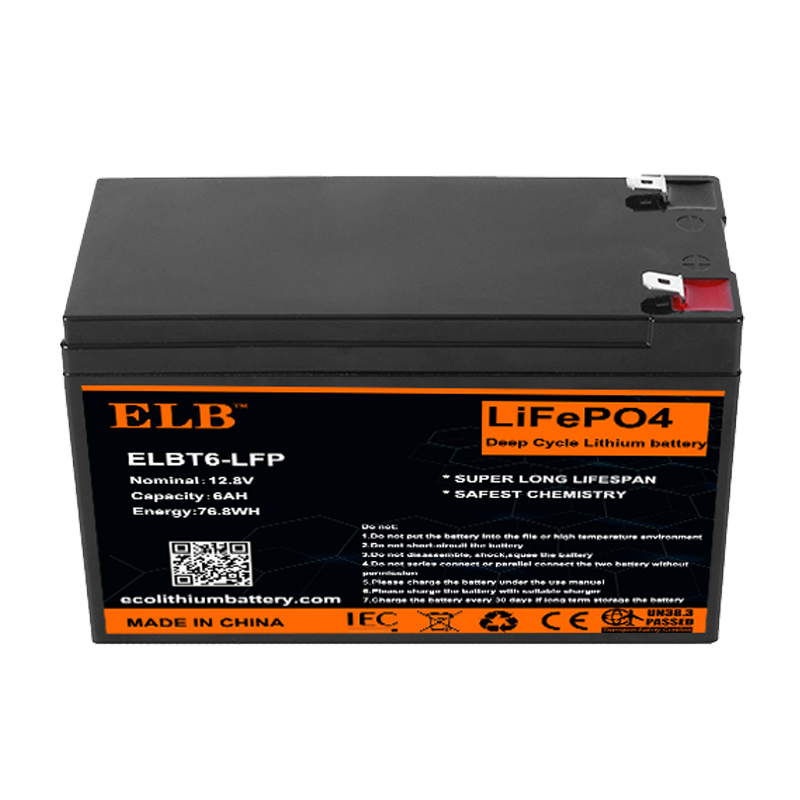
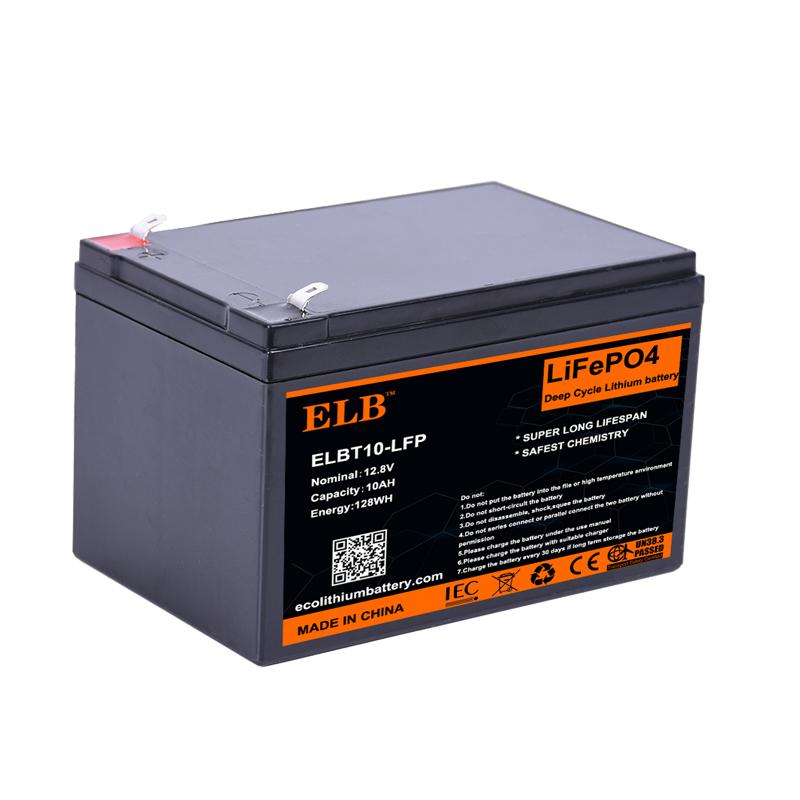
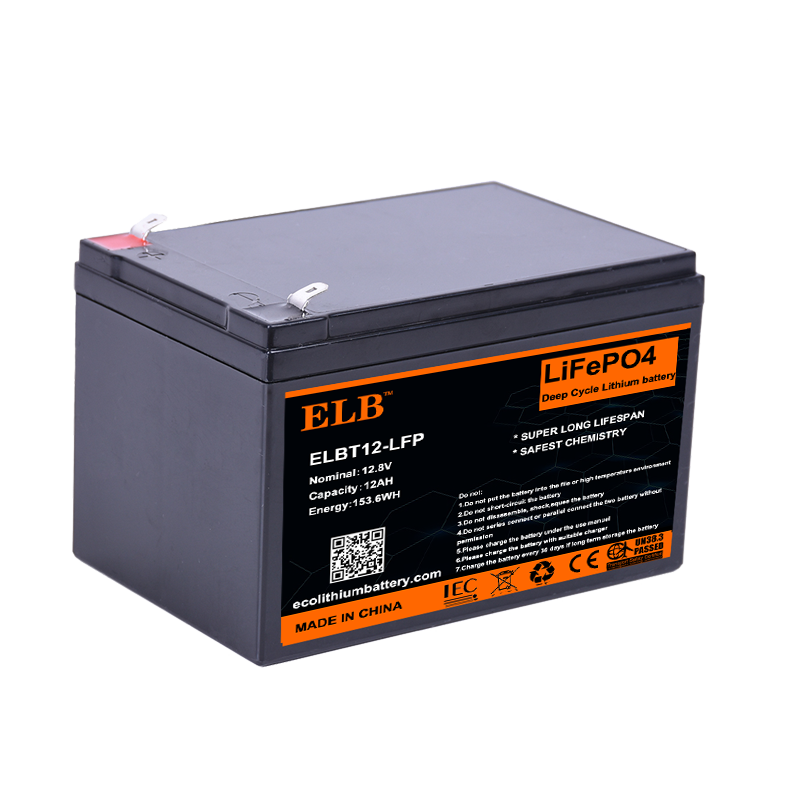
Details: Clike here to view more lithium battery directly, or if you have any special requirement about the fish finder batteries, please contact with ElB team to get the customized solutions about the quotation and Spec.


